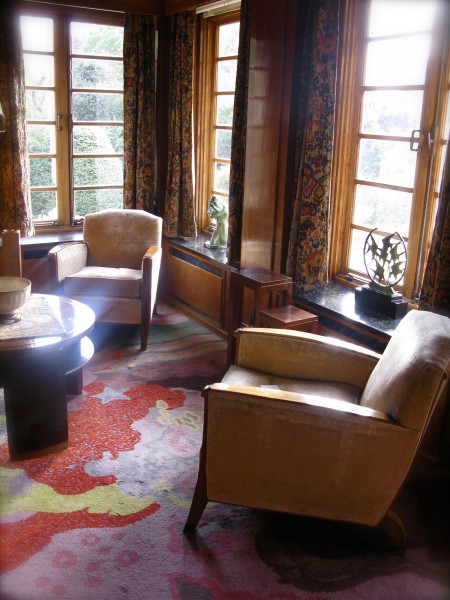
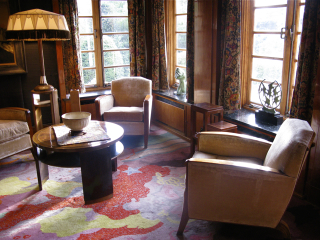
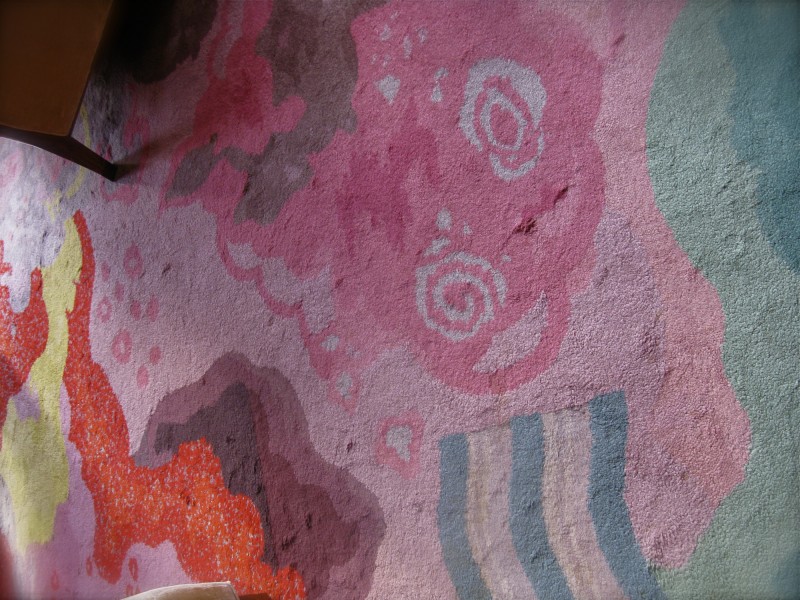
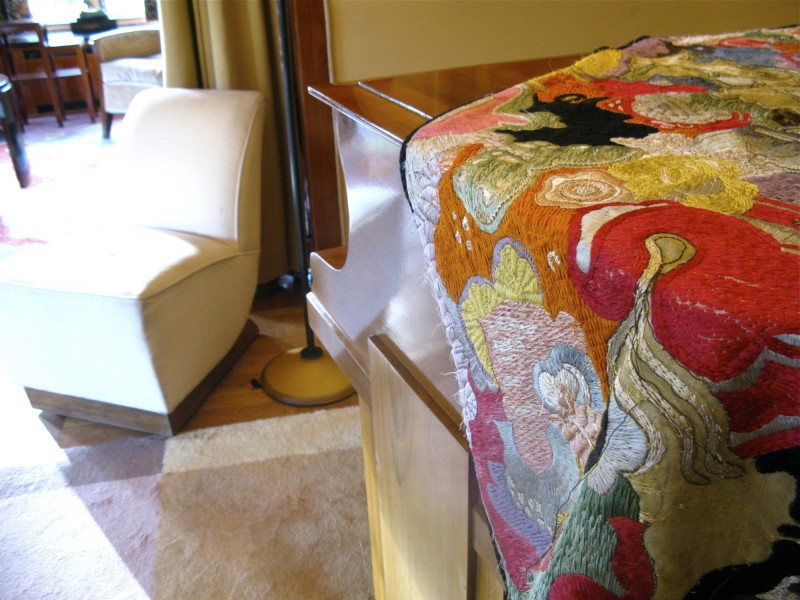
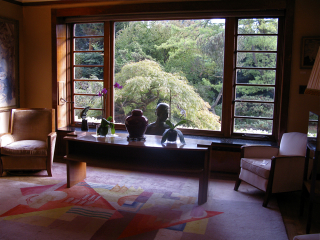
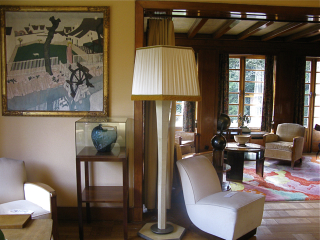

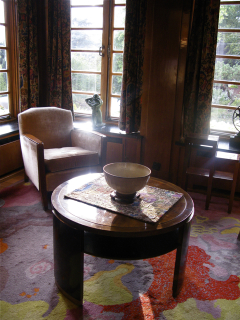

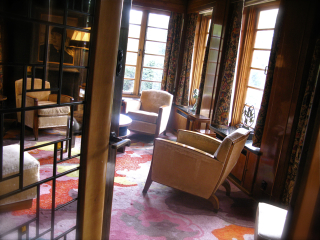


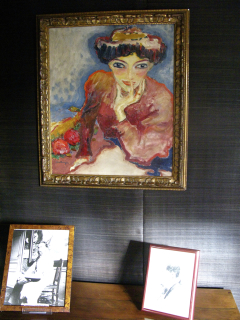

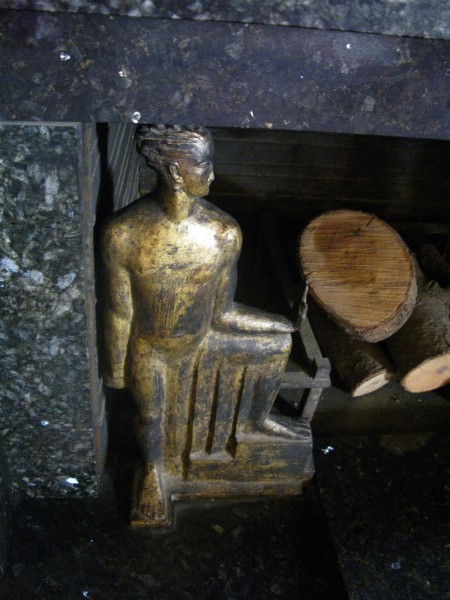
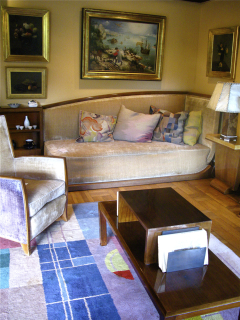
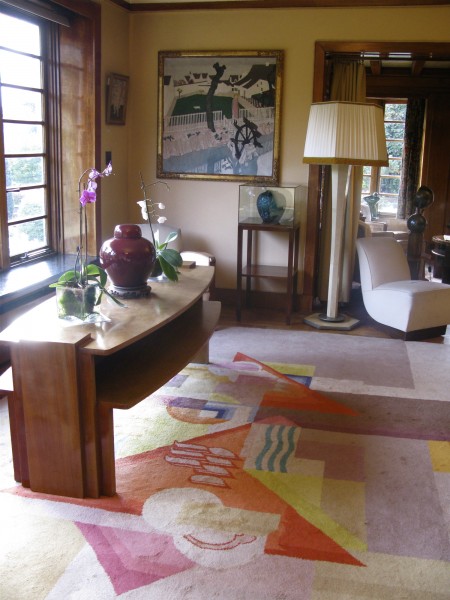
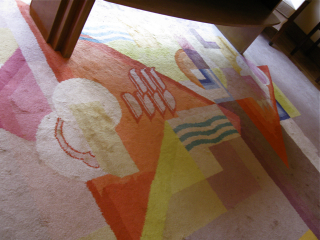
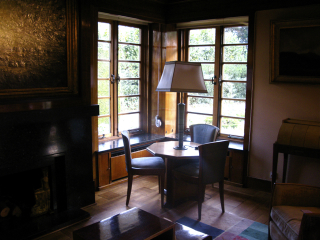
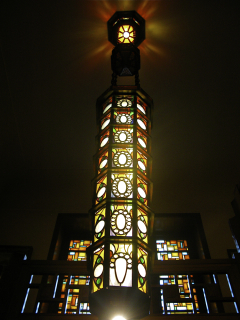
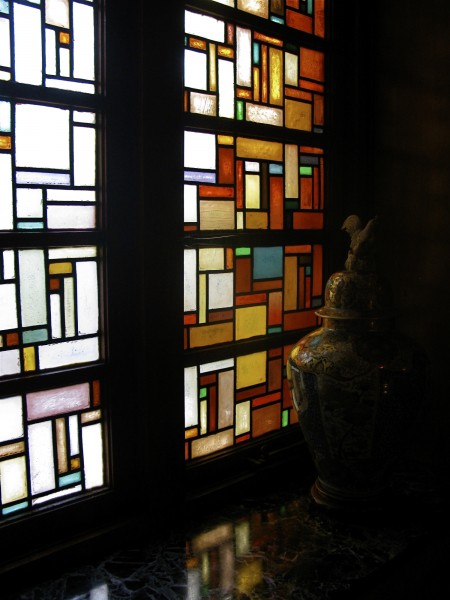
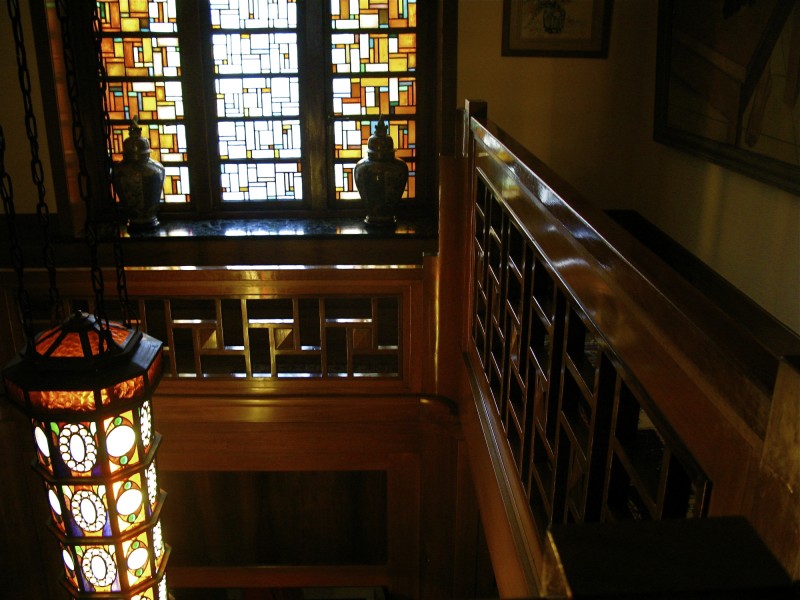
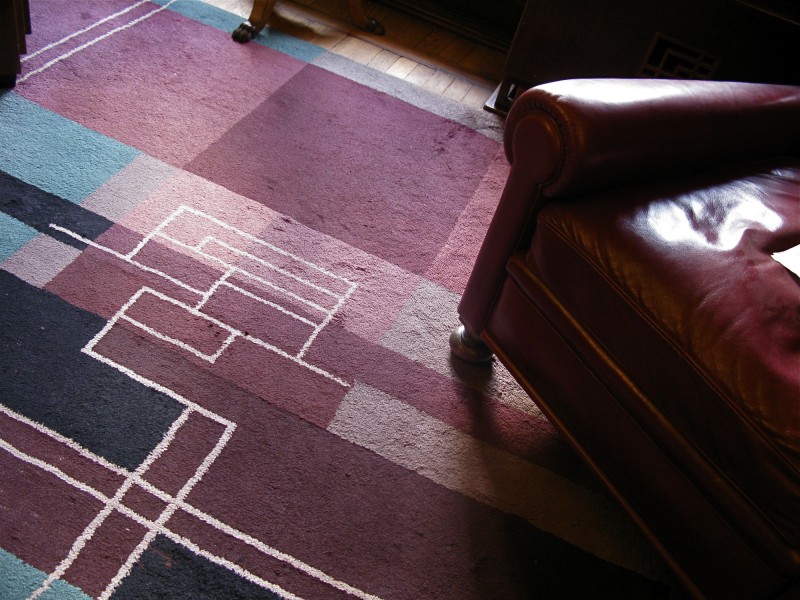
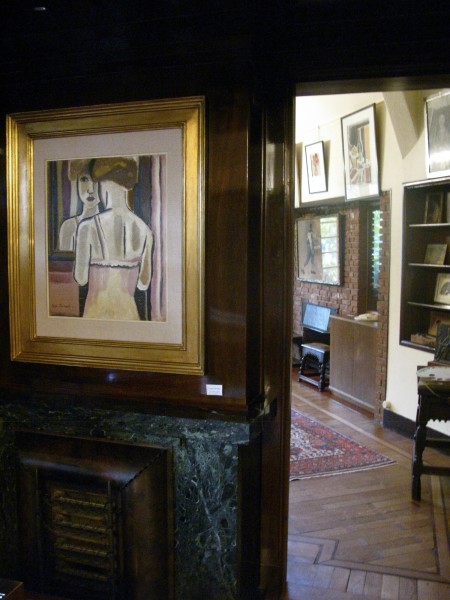
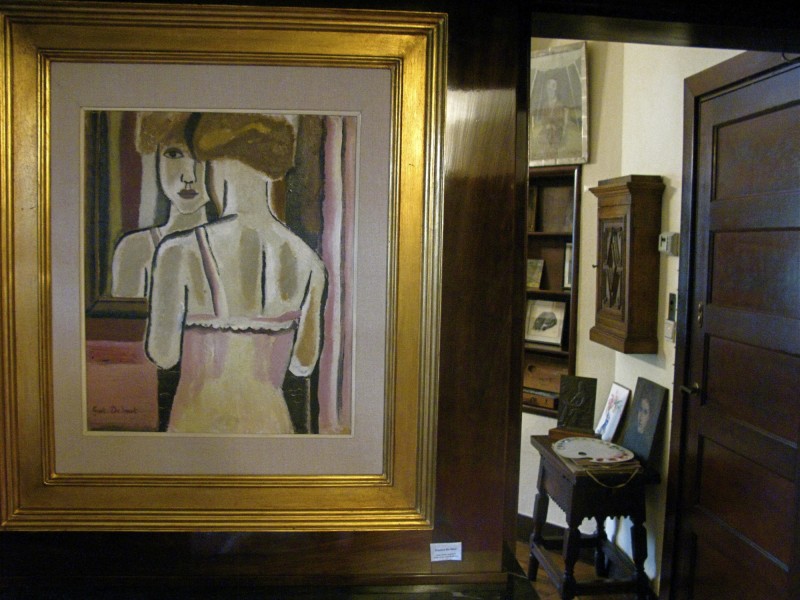
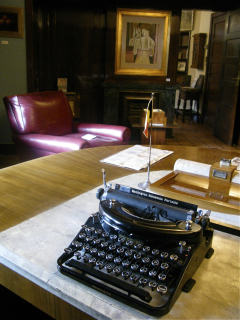

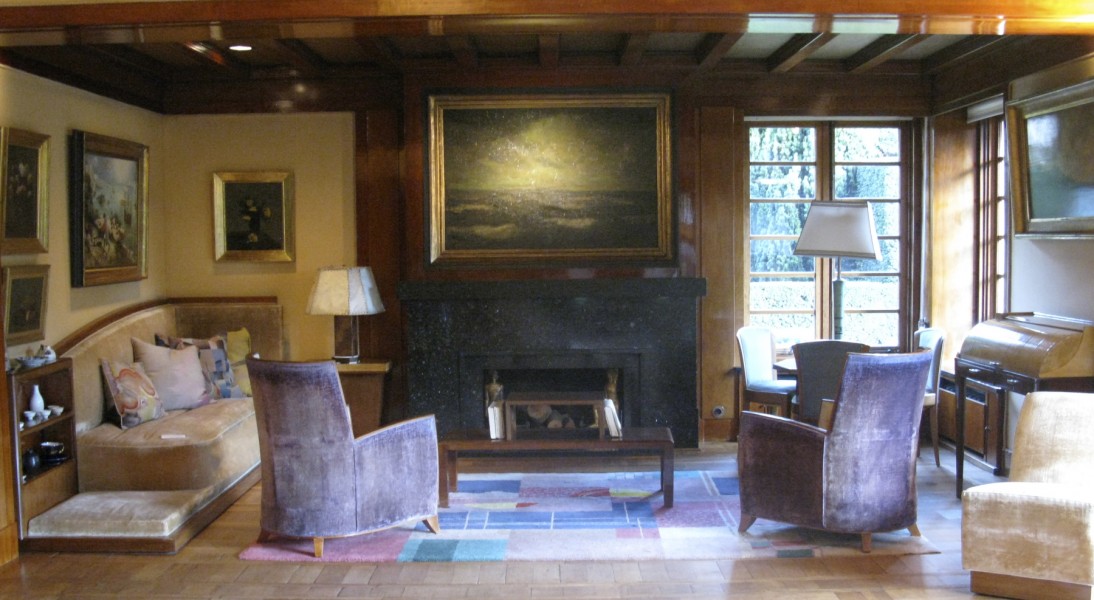
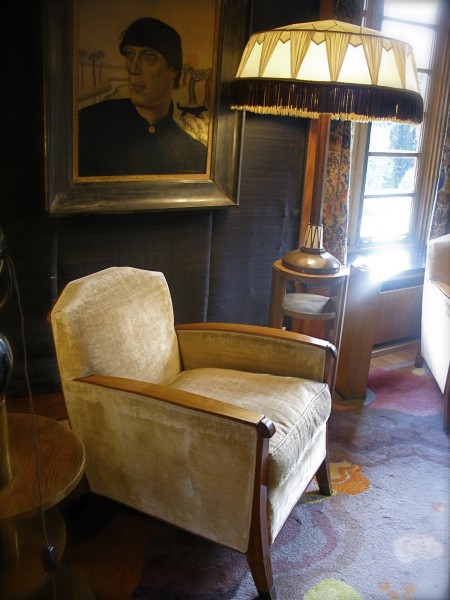
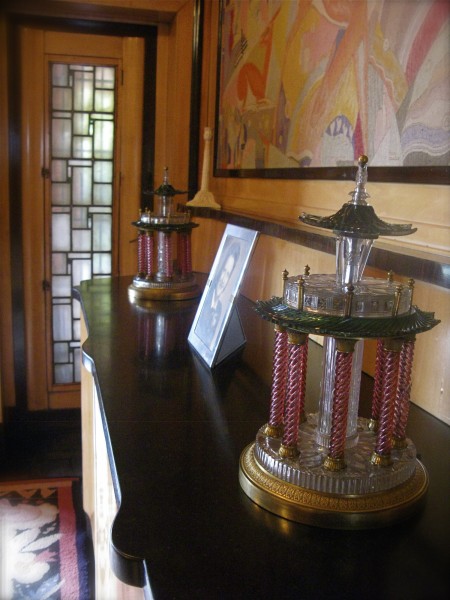
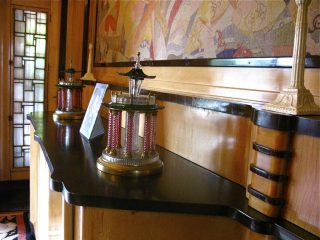
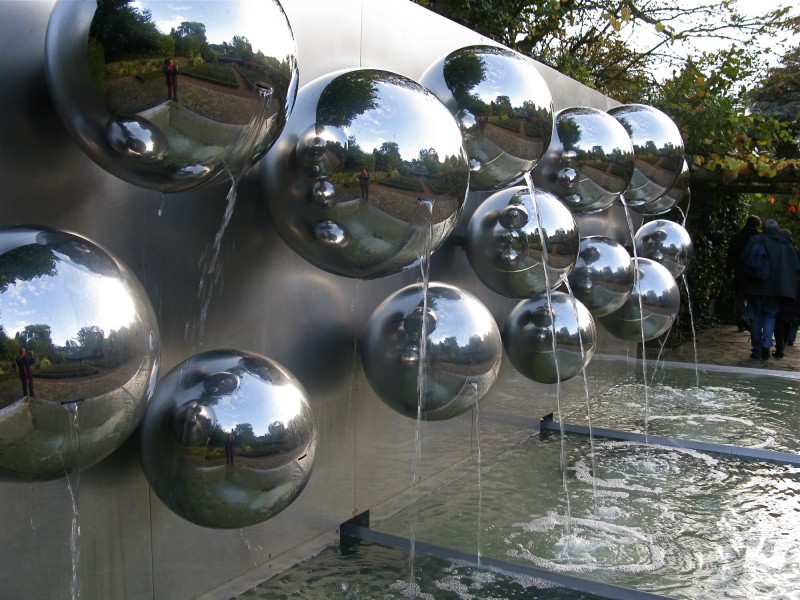
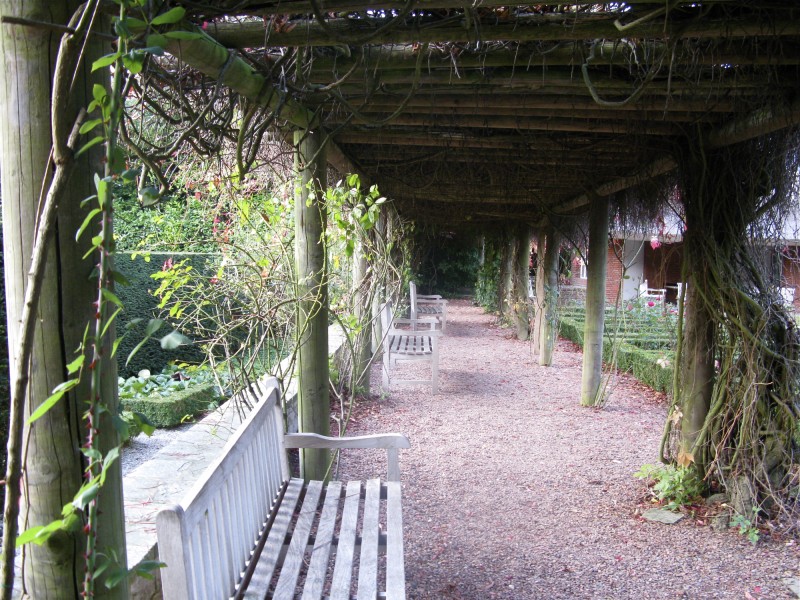
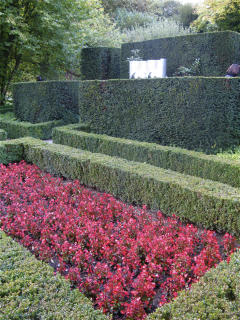
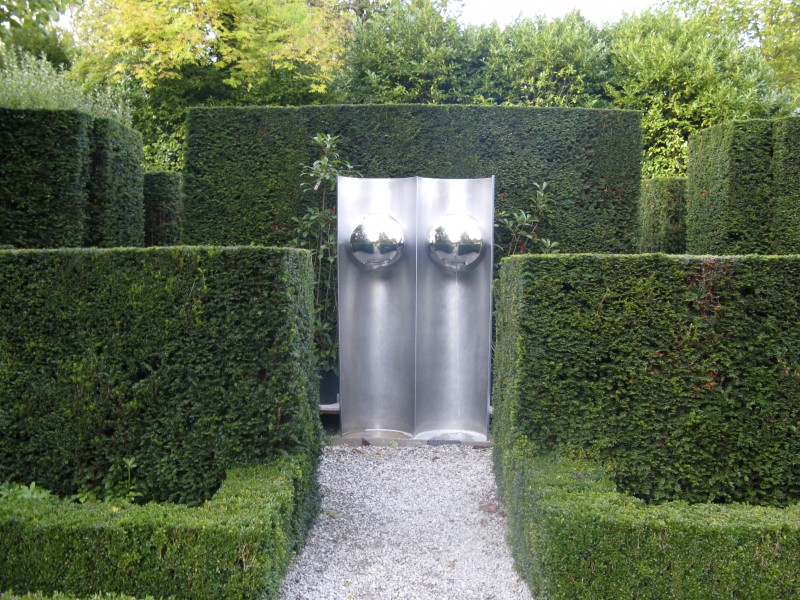
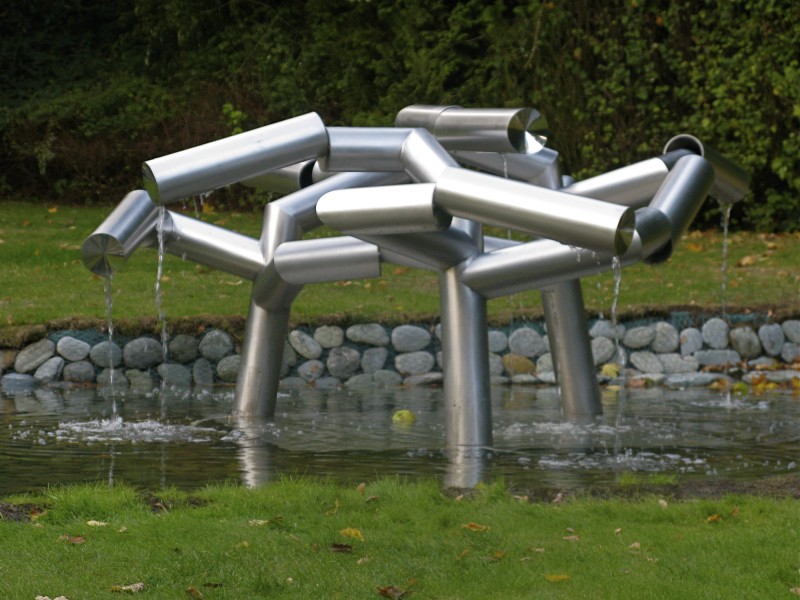
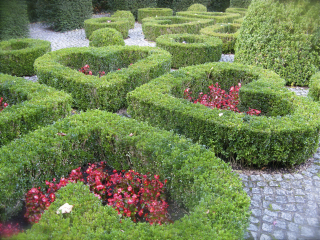

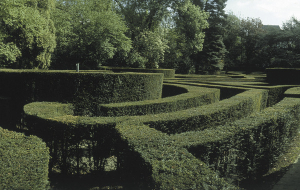

 David and Alice Van Buuren were art patrons and philanthropists who used funds from the fortune that David made in the financial services industry to build a magnificent Art Deco house and outfit it with exquisite gardens and valuable works of art.
David and Alice Van Buuren were art patrons and philanthropists who used funds from the fortune that David made in the financial services industry to build a magnificent Art Deco house and outfit it with exquisite gardens and valuable works of art.
The house I visited this week and its contents were bequeathed to a private foundation in 1970, and subsequently made available to the general public as a museum. While we walk around I will give you an overview of the story behind this remarkable couple.
David Van Buuren was born in Gouda, Holland, in 1886. He settled down in Brussels in 1909 and entered the banking sector. During his financial career, there were great political and economic events of the 20th century. He married the Belgian Alice Piette (1890-1973) and began a period of 30 happy years with the cultural vocation of their Art Deco house.
The house, bought in 1928, has a outdoor architecture typical of the Amsterdam School, while the indoor decoration characterizes an “Art Deco” whole by Belgian, French and Dutch designers. The Van Buurens made their villa a “living academy”, with rare furniture, carpets, stained-glass windows, sculptures and international masterpieces. This “private memory house” became a museum in 1975 according to the will of Alice Van Buuren.
From 1928 to 1970 the house became a “Salon” as in the 18th century. People such as Dufy, Prévert, Lalique, Diaghilev, Satie,Magritte, Chanel, Ben Gourion, and many other VIP’s of that time were regular visitors.
The famous “Salon” consisted of three enchanting living rooms opening one onto other, with Art Deco furniture made of exotic woods (sycamore, Macassar’s ebony), as in the central part, the music lounge. Van Buuren sponsored several charities and cultural activities which Alice continued until their Private Foundation in 1970, to which she bequeathed her house, works of art and gardens.
The “modern idea” of the owners, which summarizes the “avant-gardisme” of the Twenties, is a triumph of harmony between furniture and “objets d’art”. The cozy-corner, 1918 armchairs by Dominique, cushions by Sonia Delaunay, carpets of cubist style by J. Gidding. A wealth of rich and unusual materials perfect in their detail:
Horsehair from the Cavalry school of Saumur, Cordovan leather, parchment, metal, mother of pearl, ivory, enamels. The light floods through the huge windows in their picture-like frames, bringing to life the colors of objects, paintings and carpets.
On the floor of this cozy corner, one can admire the stunning a carpet “Futurist painting” by Jaap Gidding, dating around 1915. This designer of the Amsterdam School uses different creative skills, and made stained-glass windows as well as several carpets of the house, finding his inspiration in the undulating shape and the vivid colors of the young lady painted by Van Dongen, following the idea of Matisse and the Fauvist.
On their return, Alice became the first curator of her collection, and took in hand the gardens with René Pechère, a landscape designer. She continued the sponsoring activities of her husband, helping artists, ceramists, sculptors, dancers, opera singers and scientific researchers. She also became closer to the Royal family, especially Queen Elisabeth of Belgium, and together they met in her house with young winners of the famous musical competition. The house seemed to live in the spirit of the Twenties, round Eric Satie’s piano.
David and Alice traveled a lot after World War II. Van Buuren took overseas the most famous Belgian paintings of his collection (and this explains the present success of James Ensor or G. Minne in the U.S.). Alice became vice-president of the YWCA and gave her financial help to the Queen Elisabeth Archeological Institute of Jerusalem, where she financed the building of Collegium Fabiolanum. Golda Meir, Ben Gourion, Shimon Peres, Moshe Dayan and Itzaak Rabin often visited the villa which interested political and military events of the Middle East between 1960 and 1970.
We are now going to the first floor. The mezzanine has beautiful 1928 paneling in ornamental Japanese style lacquer with Dutch geometrical design. These are by the artist Dominique, 1928. A 1898 bronze sculpture “Kneeling Man” by Georges Minne, looks at the crowd from the first stairway steps, Art Deco stained glass windows and Chinese cloisonné vases decorate the hallway.
We arrive in a very elegant room. It’s here where David Van Buuren used to work, the desk in a combination of rosewood and walnut, made in 1928 by Dominique from a Van Buuren sketch. It brings together in the center of a walnut top a writing pad covered in shagreen, a precious material of the Art Deco period made of white shark’s skin.
The design of the carpets by J. Gidding follows the theme found in the furniture. Partner-Manager at the Cassel Bank & Co, he taught financial deontology at the Free University of Brussels. On left the wall “The Torrent”, by H. Seghers, 17th century.
The modern collection of paintings has a variety of portraits that Van Buuren particularly appreciated. As a pastime he attended The Art Academy of Antwerp and knew personally painters such as Kees Van Dongen, or C. Permeke, from whom he bought paintings.
“Woman Thinking” by K.Van Dongen is the portrait of the painter’s wife, and it sensual qualities make it comparable to the “Red Ballerina” (1907-1908), an oil painting at the Hermitage Museum of Saint Petersburg.
In 1924 the gardens covered only 26 ares (100 m²), and now cover 1,5 ha. There is great harmony of style and time between the J Buyssens’s garden and the Art Deco house. 45 years later, Alice considered René Pechère’s gardens as a complement of her villa.
The actual garden is made of the “Picturesque Garden”, “The Labyrinth”, and “The Garden of the Heart”. “Picturesque Garden” was designed by Jules Buyssens, a landscape architect, in the twenties, and represents the geometrical ideas of Art Deco. This jewel of greenery in the center of Brussels can be visited all year round. René Pechère transformed the Art Deco gardens into a landscape garden (1968-1970).
Specialist in the protection of historical patrimony, he created 900 public and private gardens. His “Labyrinth” or “Dedalus” – the name of Icarus’ father – has an itinerary with 1300 yew trees on 500 m, where “The Song of Songs” is illustrated by 7 sculptures in bronze made by the Belgian André Willequet. There are only 2 mazes in Belgium.
The maze of René Pechère was made in 5 months (1968) and evokes the shelter of the Minotaur, from where Icarus and Dedalus escaped thanks to Ariadne’s help. Open air exhibitions of contemporary sculptures are organized in the orchard. Since 1991, there have been 3 Triennial Prize Exhibitions of sculpture. This year 2000 there will be an exhibition of Sculptures by Olivier Strebelle in the park. From 2002 the Sculpture Exhibition will take place every two years as in the past.
The “Garden of the Heart” was conceived in 1970 on a small area of 2.5 and is made of yew trees and boxwood, representing 12 little hearts with a heart-shaped hedge around.This ” secret garden “, according to René Pechère, gives the romantic touch to the enclosure, intended for private meditation and dream.
Joelle’s Tips:
The Museum: Van Buuren 41 Léo Errera Avenue 1180-Brussels /Tel : + 32 2 343 48 51 Fax: + 32 2 347 66 89
